With art as a compass
This selection of exhibitions proposes an artistic tour around the country with proposals ranging from large exhibition spaces such as the Botín Centre or the Picasso Museum in Malaga to less frequented, but no less interesting, venues.
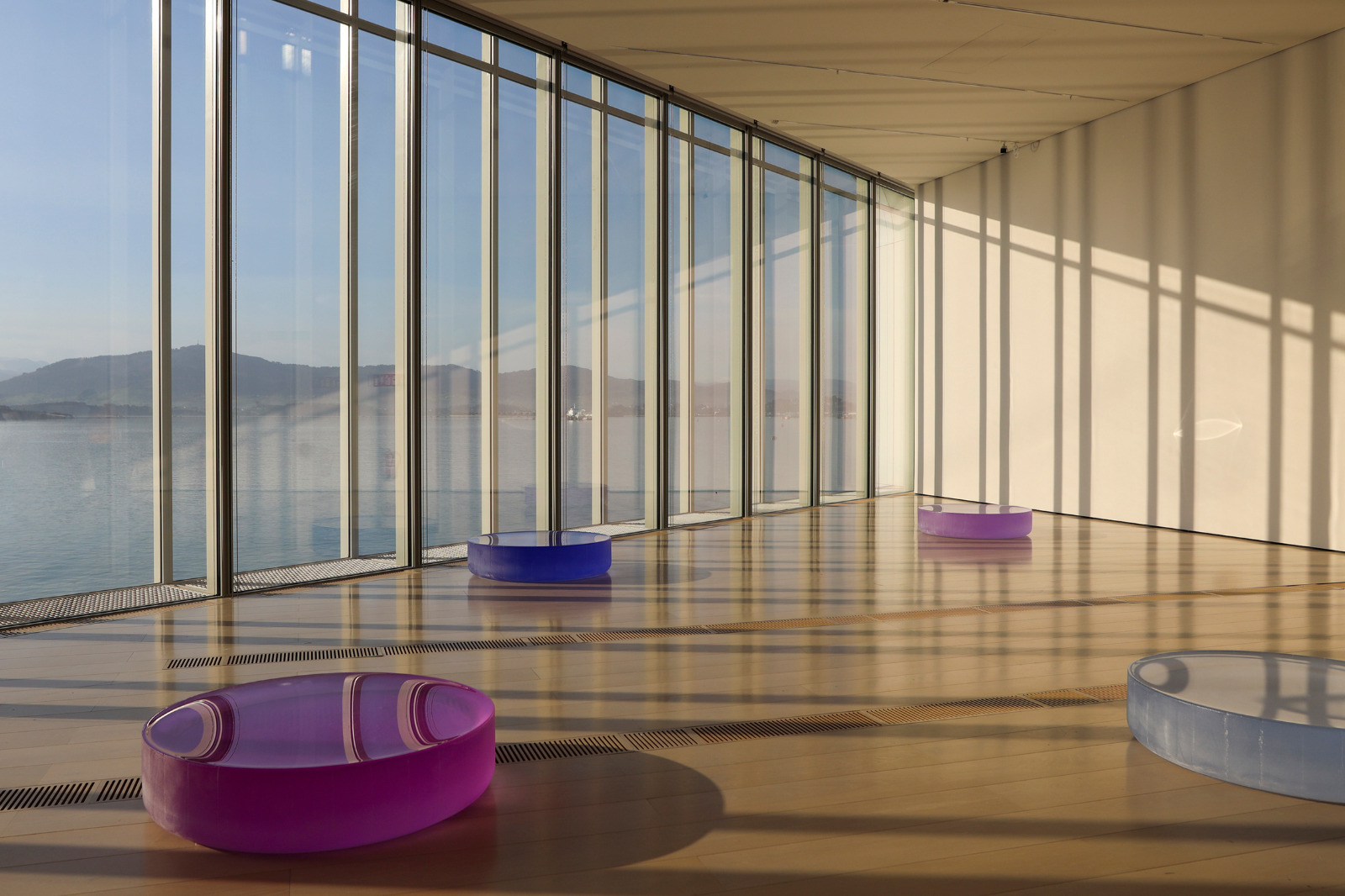
When the time for peace and quiet approaches and the moment to fulfil dreams on days off, some set their sights on sandy beaches or mountain peaks, but others look for destinations where they can soak up art, meet new artists or get reacquainted with those they already know. Faced with this alternative, marking a spot on the map with the intention of visiting an art exhibition is something that in Spain can overflow our agendas.
Here is a selection of five ideal places to make a double reservation at the museum and the nearest accommodation.
Museo Helga de Alvear in Cáceres
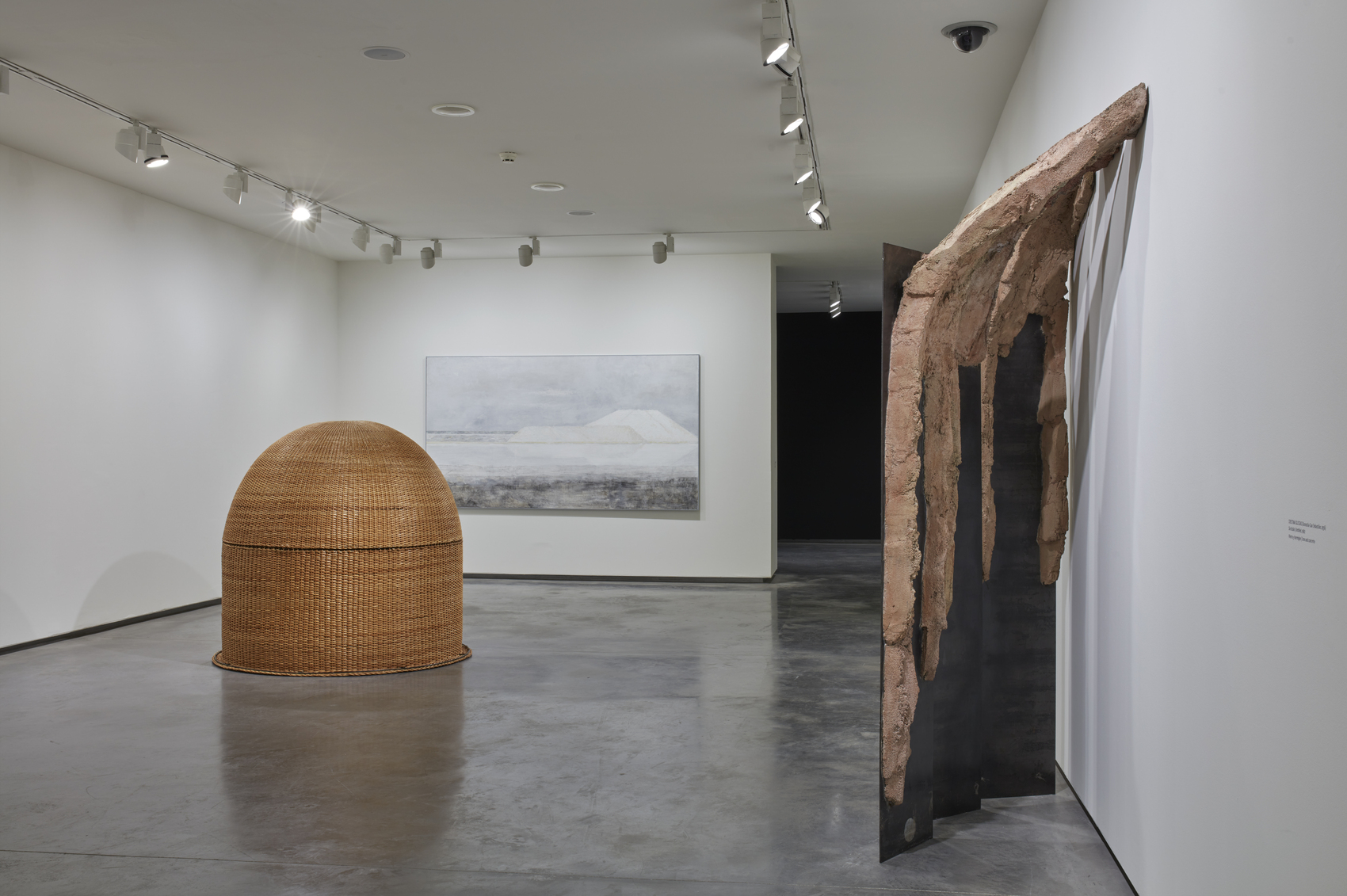
Dora García, Cristina Iglesias, Esther Ferrer, Soledad Sevilla, Ángela de la Cruz and Elena Asins. What do all these artists have in common? Well, their works form part, among others, of the exhibition ‘Writing all their names’ which, co-produced by the PalaisPopulaire in Berlin, will be at the Helga de Alvear Museum until 29 October. It is a unique opportunity to see fifty works by these fantastic artists, who are considered to be the benchmarks of Spanish art in recent decades, and to do so in the rooms of this very special museum designed by Emilio Tuñón and Francisco de la Pezuela (in the old part) and, at the same time, to visit the monumental complex of the city of Cáceres, declared a World Heritage Site in 1986, is an excellent summer alternative. As the art centre comments, this exhibition “not only alludes to the urgent need to make women artists visible, but also proposes a genealogy between three generations of creators who “narrate the world in feminine terms, proposing new ways of looking and inhabiting”.
Centro Botín in Santander
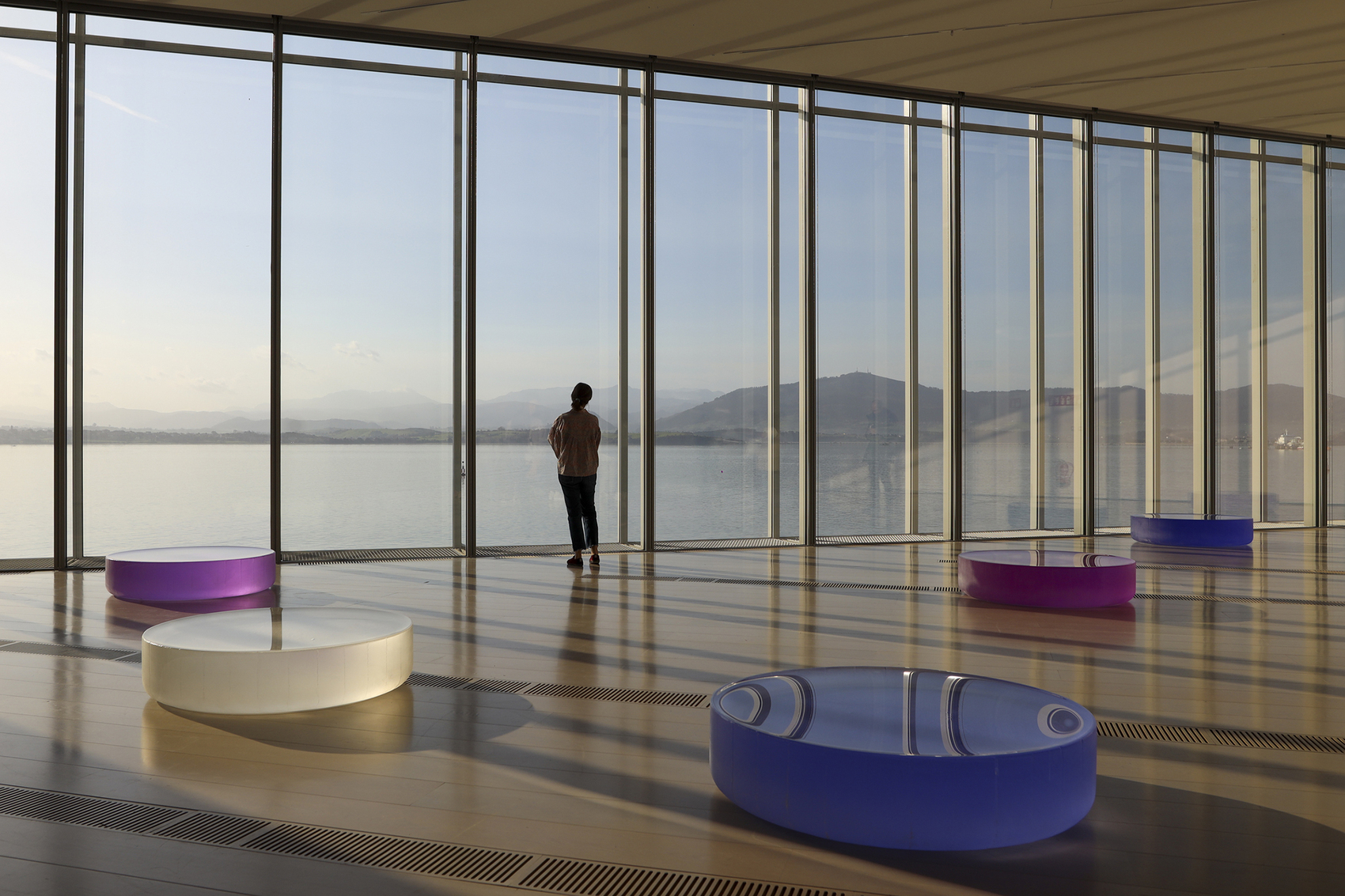
Photographs, drawings, sculptures and a performance make up the exhibition entitled ‘I am paralysed by hope’, a conceptual mise-en-scène that has been designed specifically for the Botín Centre by Roni Horn (New York, 1955). The American artist has taken into account the relationship between art and the architecture of the building and its location in the bay of Santander to design the unique presentation of his own work, which covers no less than three decades of his career, always focused on exploring the relationship between place and identity. The author shows the influence of her visits to Iceland where she has interacted with water and climate, two fundamental keys to her work. One of the attractions of this event is that a series of 406 drawings representing a sort of personal diary of the artist is on public display for the first time. Curated by Bárbara Rodríguez Muñoz, director of exhibitions and collections at Centro Botín, the exhibition is complemented by a publication, co-published by La Fábrica, with interesting texts on this specific project.
Until 10 September. More information at: centrobotin.org
Torre de Don Borja in Santillana del Mar
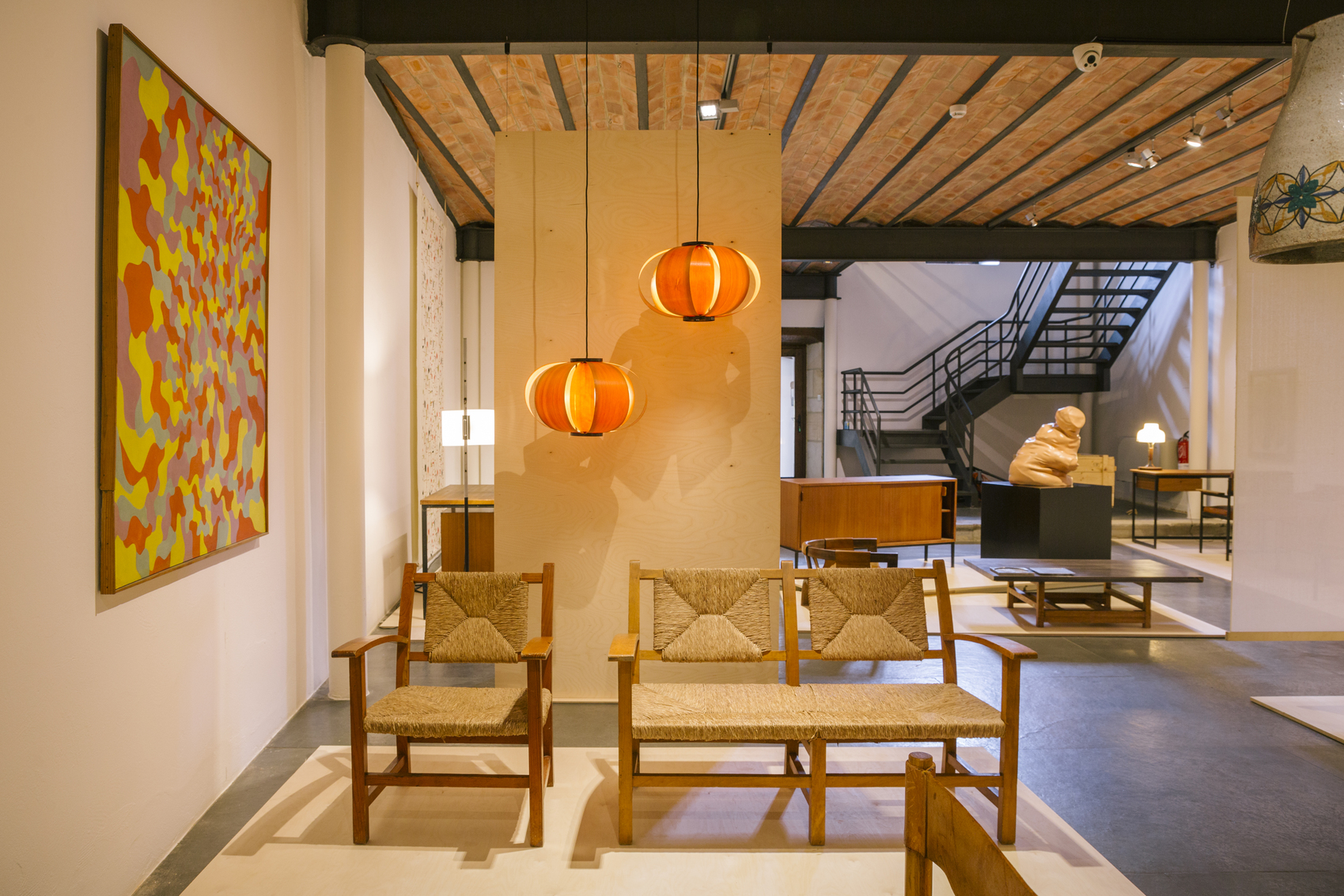
Why is it interesting to visit this exhibition space in Santillana del Mar? Because it houses the exhibition entitled ‘From wood to polyester: the modern journey’, which brings together two hundred fundamental pieces of furniture designed by architects who modernised the domestic environment in this way. In addition to these are key works by Spanish artists who renewed the language of art in the middle of the last century. The aim is to bring the public closer to the work of pioneers of modernity in Spain. This journey brings together great masters such as Fisac, Feduchi, Coderch and shows them in parallel with works by such outstanding artists on the Spanish art scene as those of the El Paso group (Canogar, Feito, Millares, Saura, among others), Equipo 57 and Úrculo. The exhibition includes furniture from the Múgica Castro Collection and contemporary works of Spanish art from the Rucandio Collection, which are exhibited in the Torre de Don Borja, in the square that formerly housed the market in the historic centre of this town, declared a Historic-Artistic Site.
Until 30 April 2024. torrededonborja.es
Museo Picasso Málaga
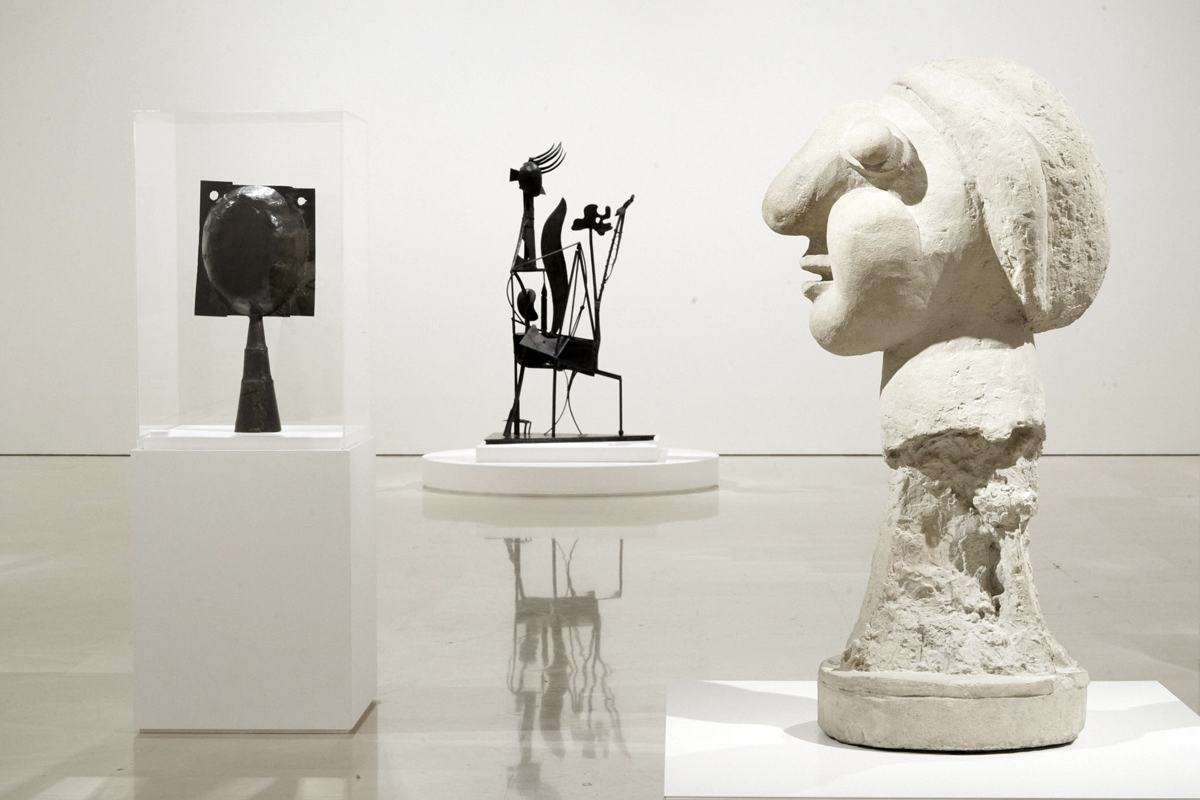
When thinking of Picasso, one immediately thinks of his paintings, a language that perhaps eclipsed other disciplines mastered by the Malaga-born artist. Conceived by Carmen Giménez, the first director of the Museo Picasso Málaga, this institution wanted to dedicate the first major exhibition in Spain to this artistic discipline. Under the name ‘Picasso sculptor. Materia y cuerpo’ (Picasso the Sculptor. Matter and Body) brings together selected pieces on the representation of the human body as a whole and as a part and shows all the formats and materials such as wood, iron, plaster, cement, metal or bronze in which Picasso created sculptural works. This exhibition is included in the Picasso Celebration 1973-2023, organised with the support of the Musée National Picasso-Paris and the Spanish National Commission in charge of commemorating the 50th anniversary of Picasso’s death in Mougins. A plus: the Museo Picasso Málaga in the Palacio de Buenavista, converted into a museum by architects Richard Gluckman, Rafael Martín Delgado and Isabel Cámara, turns 20 on 27 October.
Open until 10 September. museopicassomalaga.org
El Paular Monastery
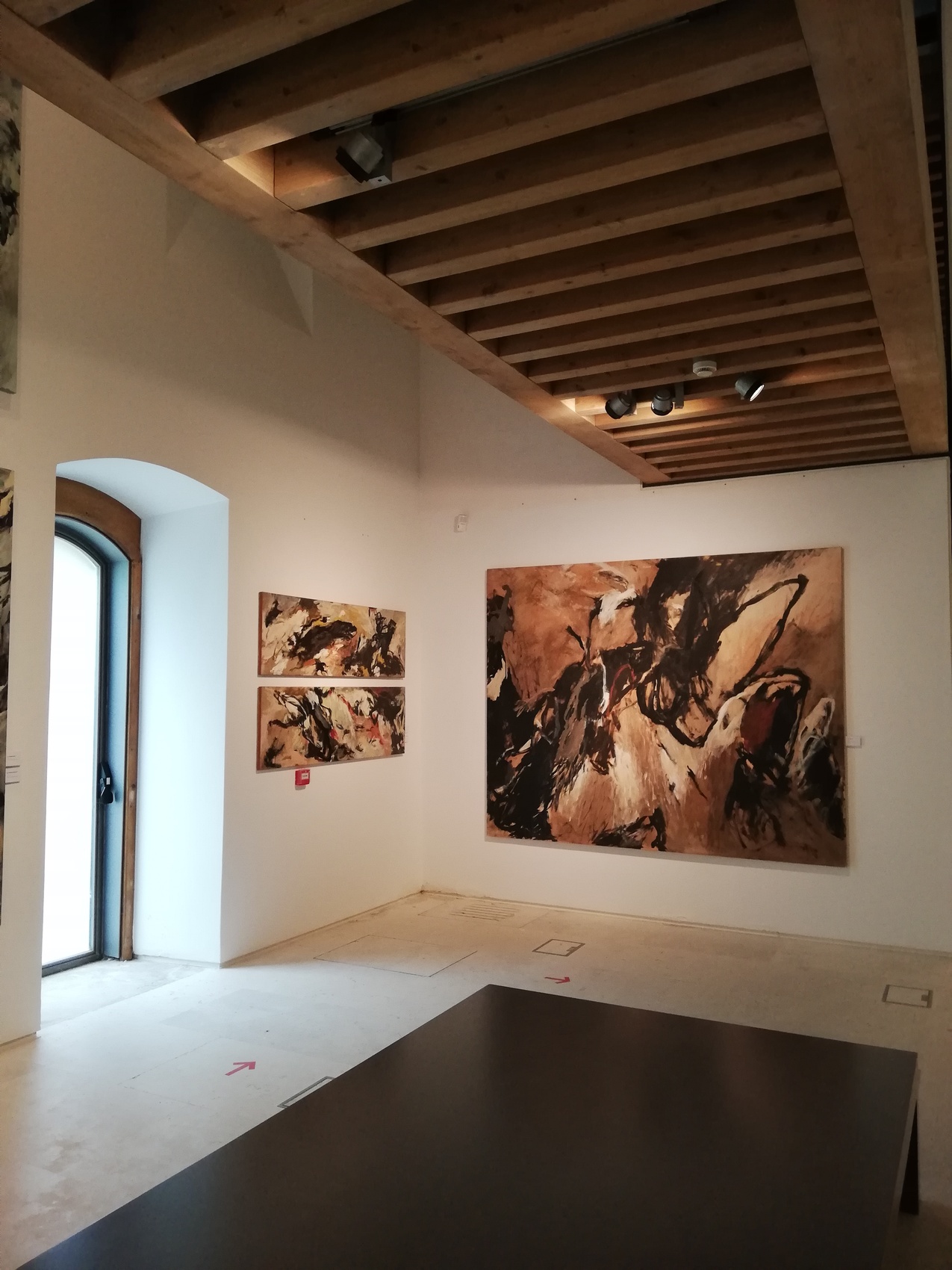
This national monument, the Royal Monastery of Santa María de El Paular, home to a Benedictine community, is worth a visit for many reasons. One of them, and a highly recommendable one, in fact the exhibition has been extended until September, is the exhibition that its programme called ‘Paular Contemporáneo’ is dedicated to one of the fundamental painters in contemporary painting of the 1980s and not for this reason well known. This is Carmen Álvarez-Coto (Madrid, 1955) whose large-format abstract expressionist works hang in the exhibition halls, giving them an impressive character due to the depth of their strokes, colours and textures. After her time in Cuenca, where the painter from Madrid was a professor of drawing and shared her studio and life with the painter Florencio Garrido, she retired to Almería, where she has spent three decades away from public and artistic life, producing an enormous quantity of large format canvases, full of the plastic force and emotional power that is characteristic of her work from the beginning of her career to the present day. Without a doubt, this exhibition is a reconnection of Carmen with the world and gives us an opportunity to enjoy her prolific production.
Open until September. monasteriodeelpaular.com
Editor: Beatriz Fabián
Beatriz is a journalist specialising in offline and online editorial content on design, architecture, interior design, art, gastronomy and lifestyle.